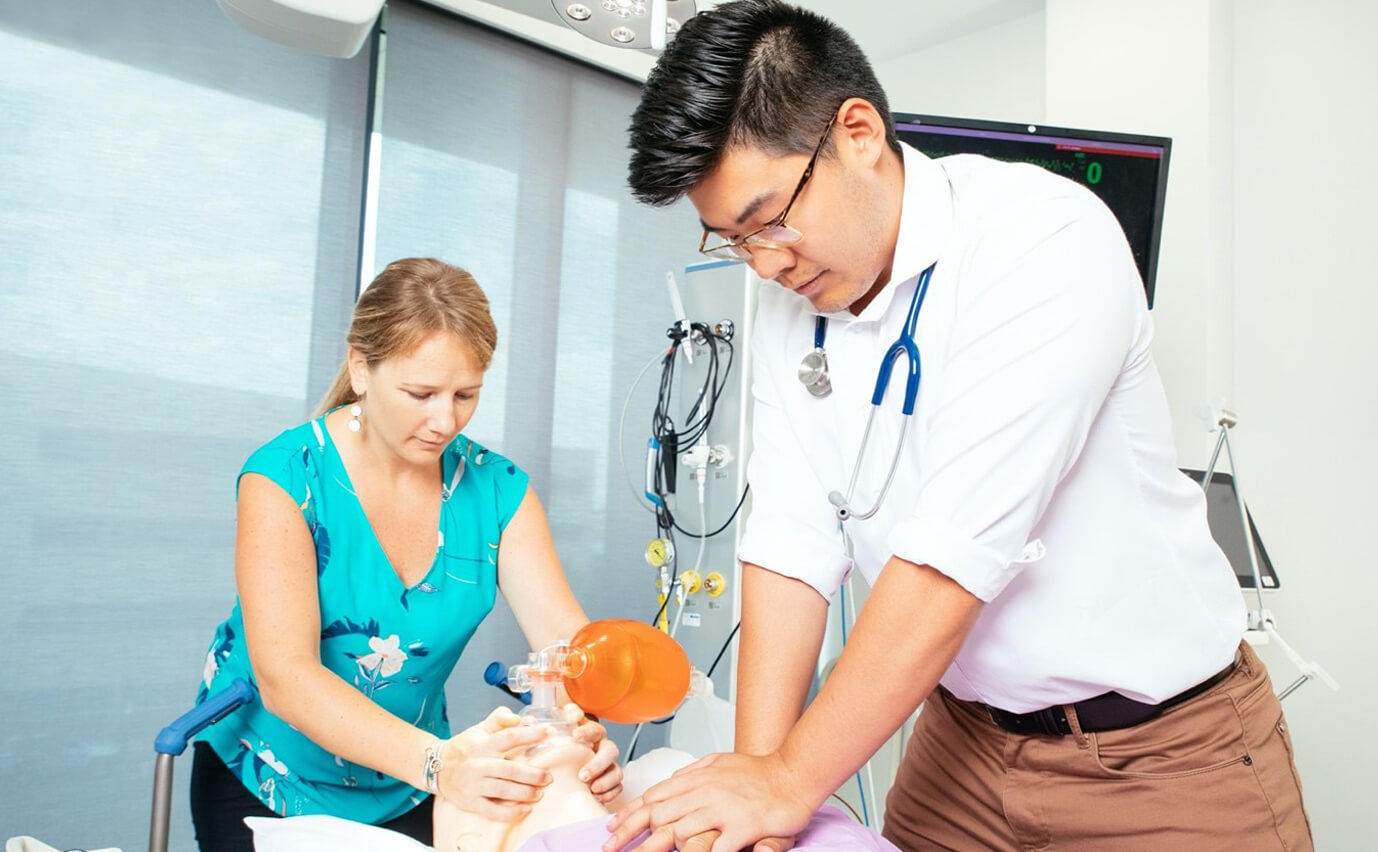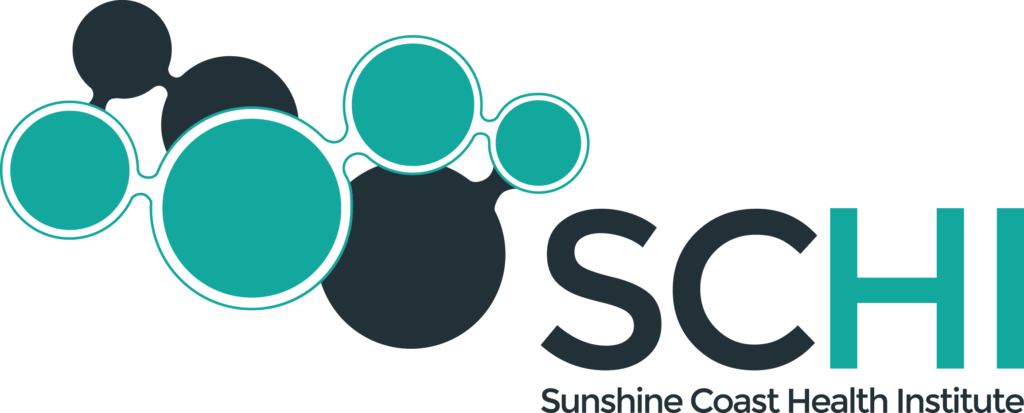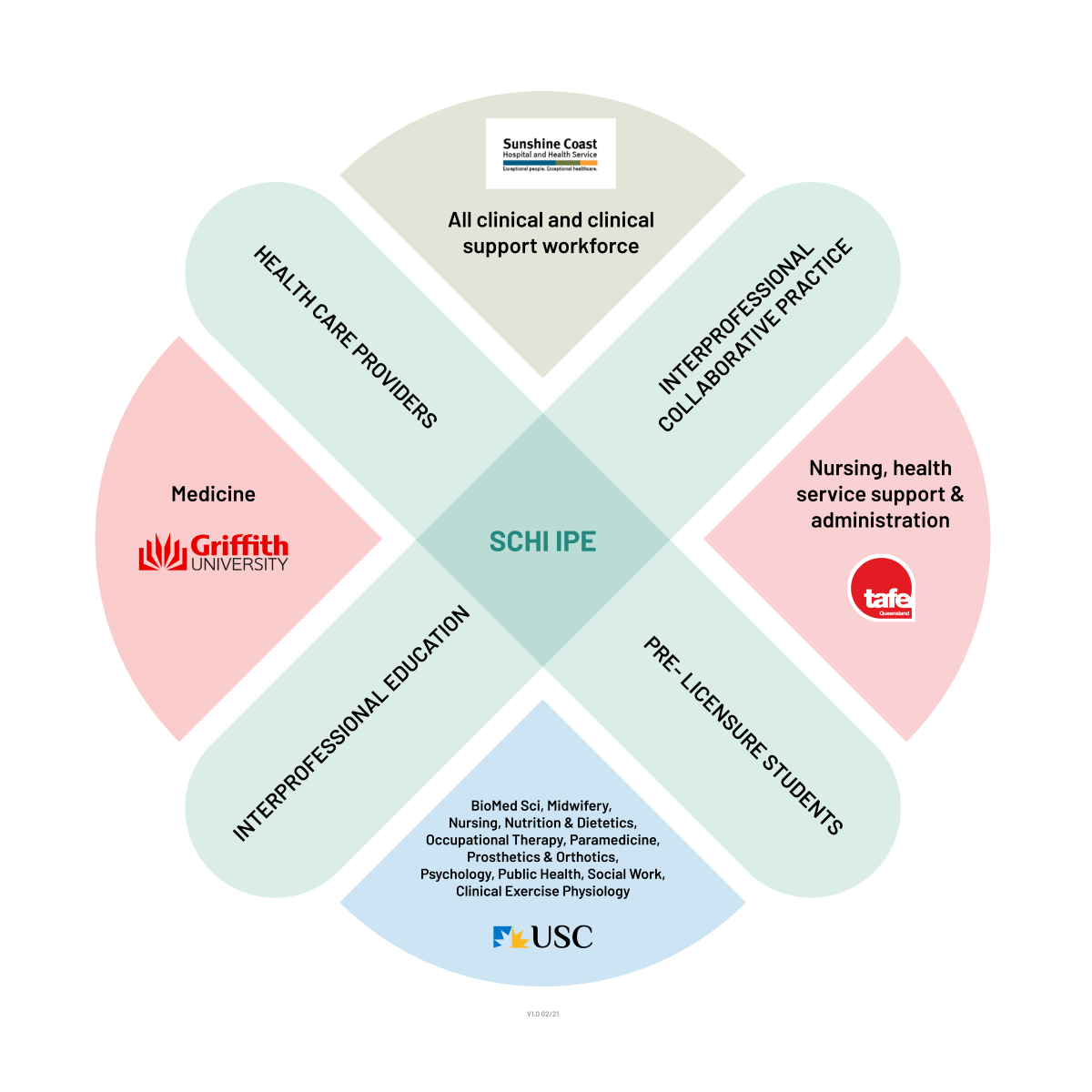Education
A unique partnership providing workforce training and health education.
SCHI partnership uniquely brings together four organisations that provide workforce training and education to the majority of health professionals who operate a tertiary teaching hospital. One of the goals will be to align teaching and training activities to provide high-quality interprofessional education (IPE) experiences, which ultimately improve clinical practice, care, and patient outcomes.
Our dedicated and integrated research and learning spaces provide opportunities for health professionals to participate in teaching, research, and clinical practice in one convenient location. SCHI’s academic and professional staff work together to provide innovative education that expertly matches well established learning theory with innovation, passion, and a wide variety of simulation tools to enhance clinical preparedness.

Sunshine Coast Health Institute’s goal is to deliver world-class interprofessional learning opportunities to our future health professionals. Our simulation team contributes to high-quality patient care by providing excellence in simulation and clinical skills teaching.
Study at Sunshine Coast Health Institute
Sunshine Coast Health Institute provides students with a safe, comfortable, and well-supported learning environment, with mentoring provided by highly respected educators.
Please select one of our study partners to view further information and details of available programs.
Testimonials
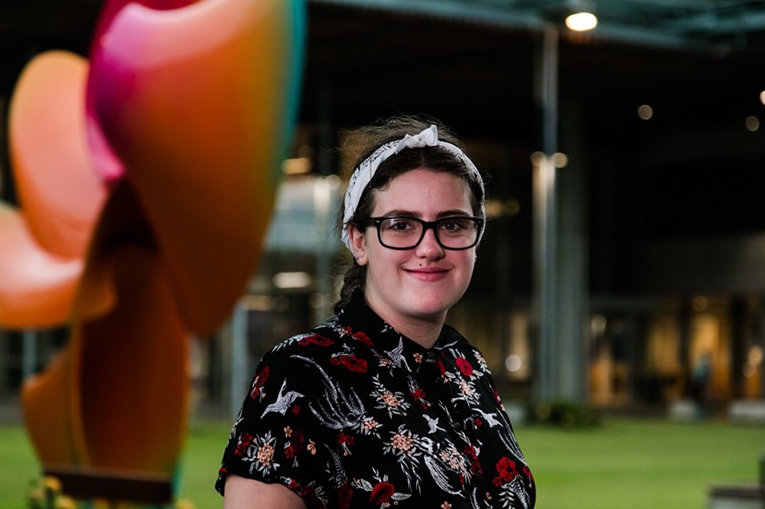

Lauren Berlyn, USC Bachelor of Health Science
I love the working environment at SCHI. It makes learning a lot easier. All the classrooms are brand new, so they’re really modern. When it comes to group work, it’s really easy because every table has its own computer screen, which makes it handy when it comes to presentations.


Luke Braund, USC Bachelor of Biomedical Science
I want to help people living with a medical condition. I’ve got Type one diabetes, so I know what it’s like to live with a chronic condition. At times it was pretty difficult growing up with it, but it has really helped frame and shape who I am. It’s changed my whole outlook on life. Learning at SCHI feels easy because it’s a new facility. There’s modern technology in the classrooms, which makes you feel like you are part of something new and exciting.
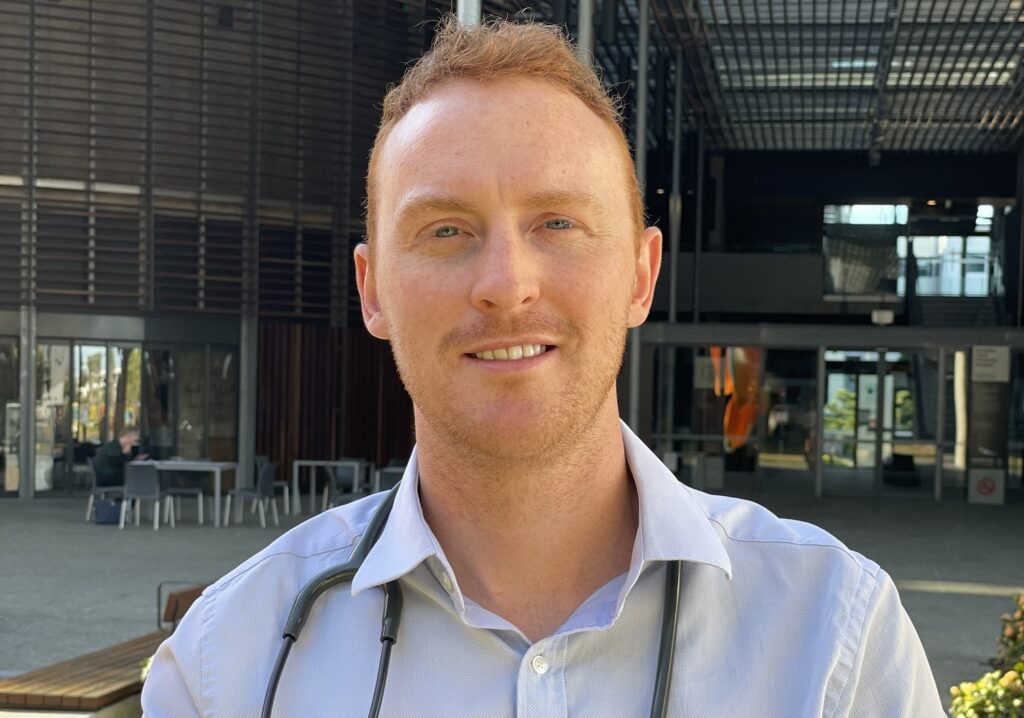

Lachlan McMillan, Griffith University, Year 1 Doctor of Medicine
The learning environment at SCHI is unlike any other institution that I have studied at before. The first-class facilities, from lecture theatres to laboratories with every piece of equipment we could need ensure that we’ve always got access to the best and most up-to-date learning materials. Being located on-site of a major tertiary hospital also allows us to fully integrate into the clinical environment from our first day; to have some of the hospitals most brilliant specialists teaching and getting to know us as individuals is an incredibly unique and beneficial experience.
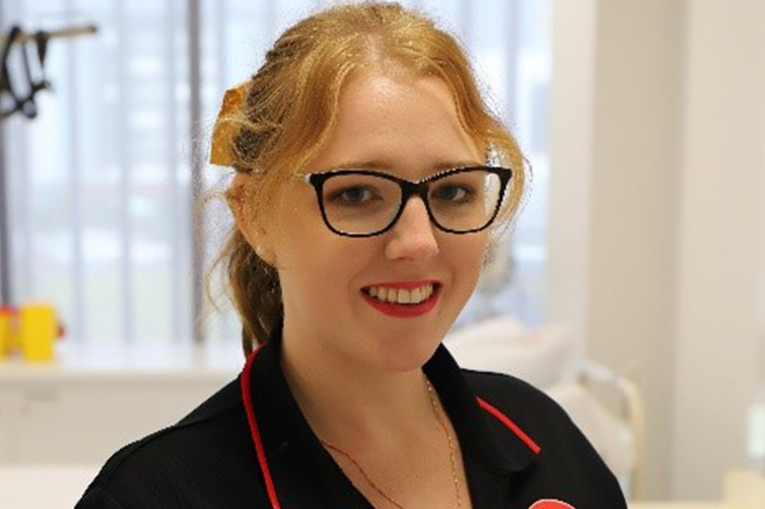

Leesa Aberdeen, TAFE Queensland, Diploma of Nursing HLT54115
The institute is amazing – you’re surrounded by other health care students, and being based across from the hospital, you see the doctors and the patients. It feels like you’re actually amongst it.
The equipment we use is practically brand new and I’ve met people who I think will be lifelong friends. Even getting the courage to return to study was a challenge, but everyone here wants you to succeed. Our classes are smaller in size, so you get to know everyone and we help one another.
Clinical training

Simulation training
Each suite recreates a like for like hospital setting with cutting-edge technology such as resuscitation, neonatal, and anaesthetic equipment that enables medical and nursing students and health and medical sciences students, to gain hands-on experience as part of their education.
Sessions are captured by video and audio, allowing reflection on learning. Our facilities are designed to provide the most advanced assessment approaches for clinical and objective structured clinical exams, which creates a useful learning process for our students.
Simulation education and training at SCHI involve all levels of participants from undergraduate to senior staff as well as all healthcare disciplines and specialties. The simulation programs bring many different groups together, promoting multidisciplinary team training and inter-professional learning.
SCHI simulation suites feature:
- eight-bed ward with pharmacy store
- ICU bedroom
- resuscitation bay
- interventional suite with scrub room
- birthing suite
- state-of-the-art simulation equipment and audio visual technology including high-fidelity manikins and part-task trainers
- control rooms for directing scenarios
- briefing rooms for de-briefing on and viewing activities taking place in the simulation suites
- change rooms equipped with lockers, showers, and toilets
- breakout space
- secure clinical disposal room and equipment clean up room.
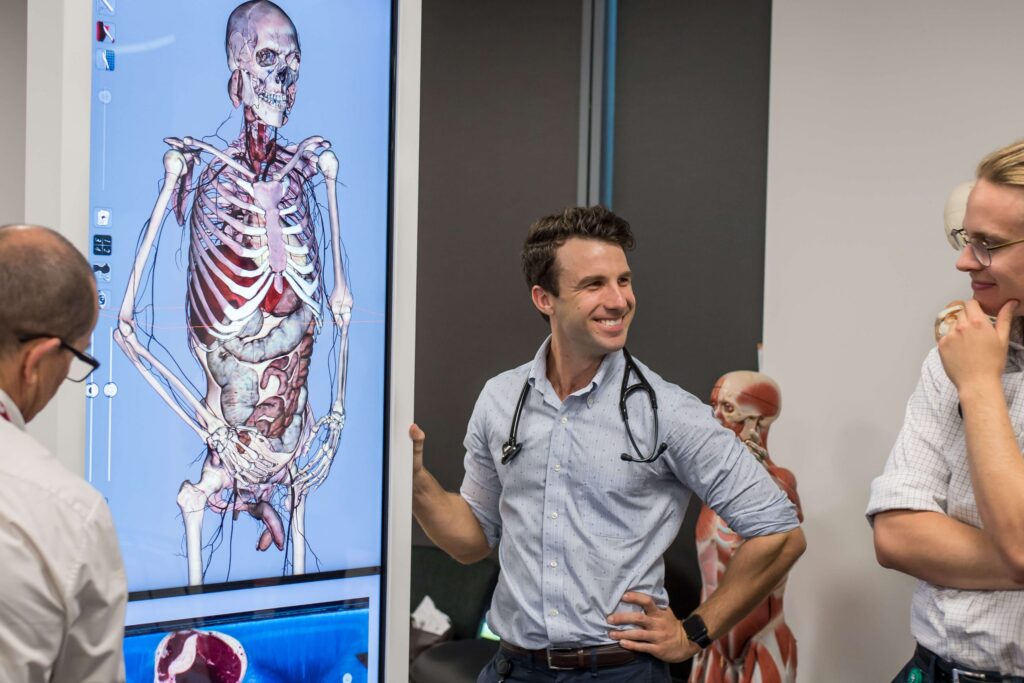
Human body visualisation
The Human Body Visualisation (HBV) rooms are located adjacent to the library on the ground floor of the Lakeside Building. These multifunction teaching spaces incorporate normal and pathological anatomy teaching modalities and a medical imaging library.
The Human Body Visualisation (HBV) laboratories enable students of all levels to view the human body from a cellular level through to advanced radiology and imaging capability. The Human Body Visualitation rooms also feature a state-of-the-art anatomage table. The anatomage table is the most technologically advanced anatomy visualisation and virtual dissection system for anatomy education and is being adopted by many of the world’s leading medical schools and institutions.
In addition to the anatomage table, SCHI human body visualisation laboratories include:
- normal anatomy specimens – prosected, plastinated and plastic models
- pathology specimens
- histology specimens – normal and pathological
- medical imaging cases.
These labs are a valuable resource for undergraduate and post-graduate teaching and practice development in all health professional streams.
Interprofessional education
Interprofessional education and interprofessional collaborative practice
Interprofessional education (IPE) occurs “when two or more professions learn with, from and about each other to improve collaboration and the quality of care” (Barr, 2002). IPE promotes inter-professional collaborative practice (IPCP) as participants review relationships between their professions, enhance mutual understanding and explore ways to combine their expertise towards improving the delivery of service, patient safety and quality of care (WHO, 2010).
SCHI partnership provides a unique opportunity for IPE and IPCP across the four partner organisations and a unified SCHI Model of IPE and a SCHI Inter-professional Practice Capability Framework has been developed.
Our vision
Driving the advancement of health and wellbeing through a culture of education and collaborative practice.
Our mission
Excellence in cross sectoral interprofessional education across the continuum of learning.
Our framework
Following a detailed literature review of the IPE and IPCP frameworks, a mapping exercise was undertaken to map out the graduate outcome or learning outcome statements for students at USC, Griffith University Medical School and TAFE Queensland, and the practice standards for health professionals and clinical support staff within the SCHHS.
The Canadian Interprofessional Health Collaborative (CIHC) Competency Framework was chosen as the framework most closely aligned with the requirements for SCHI Interprofessional Practice Capability Framework. The CIHC Framework comprises a set of competencies that require the development and integration of attitudes, behaviours, values, and judgments necessary for collaborative practice.
The six competency domains are:
- role clarification
- team functioning
- interprofessional communication
- patient/client/family/community-centred care
- interprofessional conflict resolution
- collaborative leadership.
Our model
Driving the advancement of health and wellbeing through a culture of education and collaborative practice.
Key goals for IPE
- build professional competencies through interprofessional education
- to scope and benchmark best practices interprofessional learning and integrate into teaching and professional development activities
- collaborate to design curriculum and programs to deliver effective interprofessional learning
- strengthen and describe educational pathways and opportunities to build the capacity and capability of our regional health workforce.
